Rising Healthcare Expenditure
The upward trajectory of healthcare expenditure in the US is significantly influencing the negative pressure-wound-therapy market. As healthcare budgets expand, hospitals and clinics are increasingly investing in advanced medical technologies, including NPWT systems. This trend is driven by the need to improve patient outcomes and reduce the overall cost of care associated with wound management. According to recent data, healthcare spending in the US is projected to reach $4.1 trillion by 2025, with a substantial portion allocated to innovative treatment modalities. Consequently, the negative pressure-wound-therapy market is likely to benefit from this financial commitment, as healthcare facilities prioritize the adoption of effective wound care solutions.
Focus on Reducing Hospital Readmission Rates
The emphasis on reducing hospital readmission rates is a significant driver for the negative pressure wound therapy market. Healthcare systems in the US are under pressure to improve patient outcomes and minimize costs associated with readmissions. NPWT has been shown to enhance healing rates and reduce complications, making it an attractive option for healthcare providers aiming to meet these goals. As hospitals and clinics adopt strategies to improve care continuity and patient management, the demand for effective wound care solutions like NPWT is expected to rise. This focus on quality care is likely to propel the negative pressure-wound-therapy market forward, as providers seek to implement best practices in wound management.
Increasing Awareness of Wound Care Solutions
The growing awareness surrounding effective wound care solutions is a pivotal driver for the negative pressure-wound-therapy market. Healthcare professionals and patients alike are becoming more informed about the benefits of advanced therapies, including negative pressure wound therapy (NPWT). This heightened awareness is likely to lead to increased adoption rates, as patients seek out effective treatments for chronic and complex wounds. In the US, educational initiatives and marketing campaigns by manufacturers are contributing to this trend, potentially resulting in a market growth rate of approximately 8% annually. As more healthcare providers recognize the efficacy of NPWT, the demand for these products is expected to rise, further solidifying their role in modern wound management.
Aging Population and Associated Health Issues
The demographic shift towards an aging population in the US is a critical driver for the negative pressure-wound-therapy market. Older adults are more susceptible to chronic wounds due to factors such as reduced mobility, comorbidities, and skin fragility. This demographic trend is expected to increase the demand for effective wound care solutions, including NPWT. By 2030, it is estimated that nearly 20% of the US population will be aged 65 and older, which could lead to a surge in chronic wound cases. As healthcare providers seek to address the needs of this growing population, the negative pressure-wound-therapy market is poised for expansion, as it offers a viable solution for managing complex wounds.
Technological Innovations in Wound Management
Technological innovations are reshaping the landscape of the negative pressure-wound-therapy market. Advances in NPWT devices, such as portable and user-friendly systems, are enhancing the accessibility and effectiveness of wound care. These innovations not only improve patient comfort but also facilitate at-home care, which is increasingly preferred by patients and healthcare providers. The introduction of smart NPWT devices, equipped with monitoring capabilities, is expected to further drive market growth. As these technologies become more prevalent, they are likely to attract investment and interest from healthcare facilities, thereby expanding the market's reach and potential.


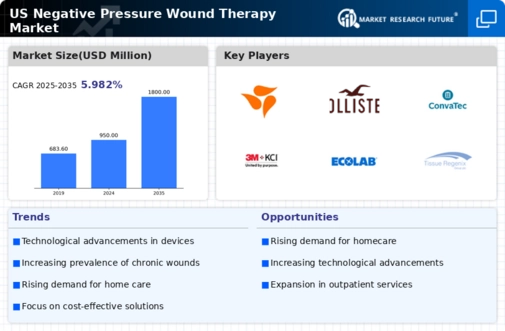
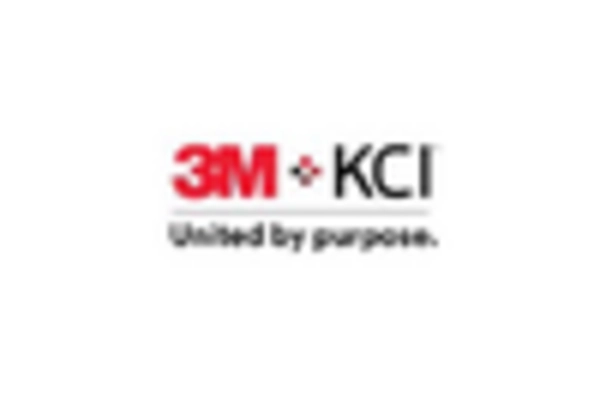
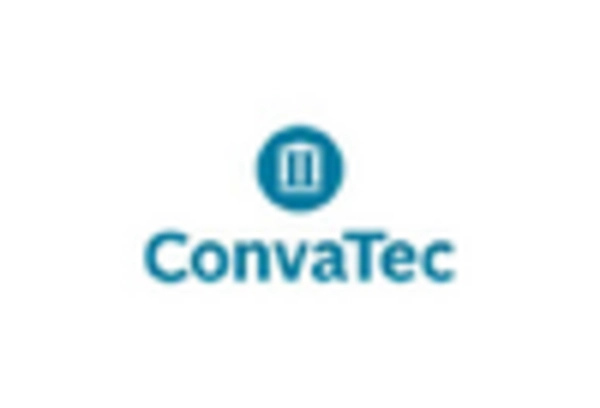
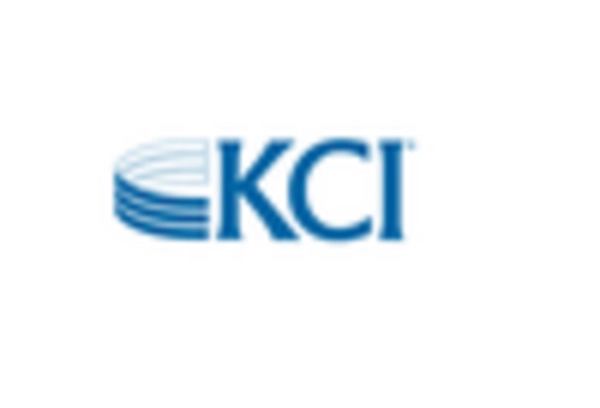

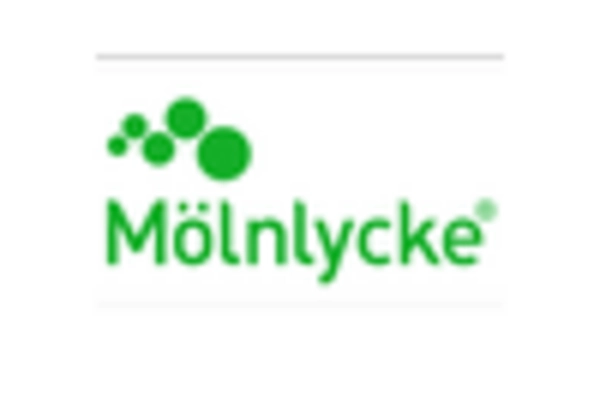









Leave a Comment